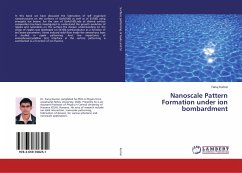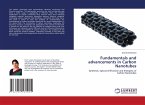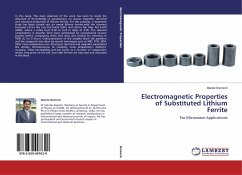The Divertor Erosion and Vapor Shielding Experiment (DEVEX) has been constructed in the Center for Plasma-Material Interactions at the University of Illinois at Urbana-Champaign. It s a 300 kA, 30 kV conical theta-pinch experiment designed to produced plasmas similar to disruptions found in tokamaks in the laboratory. Here, we present experimental verification of substantially reduced target surface temperature with the use of thin lithium films on surface of the target as compared to a bare target. It is estimated that the primary mechanisms for energy deposition into the lithium vapor are due to primary and secondary ionizations of the lithium as well as electron- lithium scattering. The energy absorbed by these processes correlates well with the energy reduction found to the target surface when a lithium coating is present.








